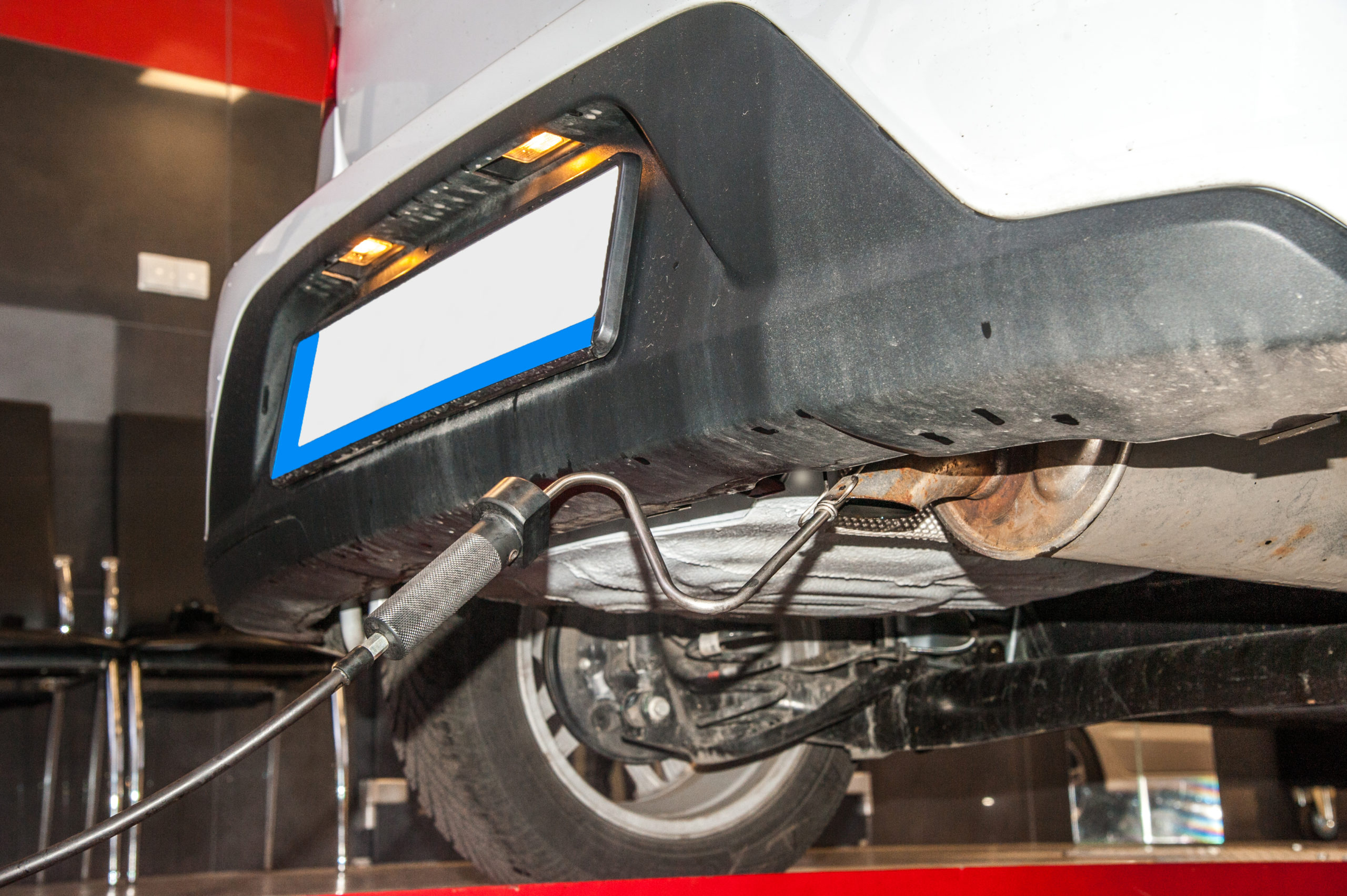Table of Contents
How can emissions affect your MOT?
Protecting the environment is a growing concern. Therefore the Government plan to reduce pollution and improve air quality across the country, with the introduction of stricter emissions tests during an MOT inspection. So, in this article, you will find tips to help reduce your car’s emissions for an MOT test.
Why do MOT tests include an exhaust emission test?
Emission tests are in place to check your vehicle is operating correctly and ensure the pollution produced by the engine remains low. However, if your car does not get serviced regularly, it may fail an annual MOT test.
What is an emission test?
An emission test is a measurement from a vehicle’s tailpipe to check the vehicle does not exceed current testing limits, but diesel and petrol vehicle emission tests are different.
Diesel Cars
A diesel emission test measures ‘Opacity’ – the density of particles exiting the exhaust. A light chamber measures opacity; the greater distortion of light indicates a higher concentration of particulates. An emission analyser uses this data to calculate an opacity reading.
A vehicle’s ‘plate value’ is used during a diesel emission test, which is located on the vehicle’s chassis plate. The plate value is the manufacturer’s data for the level at which the vehicle must be below to pass an emission test.
Petrol Cars
A petrol emission test measures the gasses exiting the exhaust and the required reading must be within specified limits for the vehicle.
- CO – Carbon Monoxide – Poisonous Gas
- HC – Hydrocarbons – Unburnt Fuel
- Lambda – A calculated measurement – Lambda 1 is the ideal value
High CO (Carbon Monoxide) or High HC (hydrocarbons) and Lambda not within the specified range are reasons for failure.
How do you recognise CO2 emissions?
CO2 is a direct link to fuel economy. Therefore, if your vehicle is using more fuel and your miles per gallon has decreased, the CO2 output from the exhaust in grams per mile has probably increased.
How to pass an emissions test for MOT?
Perfect fuel combustion and good exhaust gas after-treatment system operation are both essential for a successful MOT test.
Clean the entire fuel system: pre, during, and post-combustion to effectively reduce vehicle emissions with Pre-Emission Test Treatment, which is designed to reduce exhaust emissions to help pass an emission test. It is Wynn’s fastest-acting product for rapidly reducing soot and exhaust emissions to meet the latest emission test limits and reduce exhaust smoke.
Clean the engine oil system with Engine Flush and remove sludge, varnish and lacquer, which are caused by the effects of biodiesel and ethanol-based fuels.
What affects combustion?
Many factors can cause a vehicle to fail an emission test. Above all, system cleanliness and operation are vital for a good result. Let’s take a look at a few components.
- The condition and quality of the fuel filter and air filter are vital for correct system operation.
- Contamination in the intake system, on the intake valves and the swirl flaps, disrupts airflow into the combustion chamber. As a result, this affects combustion efficiency and increases emissions.
- EGR valve operation and cleanliness are vital for controlling combustion temperatures and maintaining emissions.
- Maintaining turbo operation assists the engine in the combustion process and increases the engine’s efficiency.
- Clean combustion and maintaining exhaust gas temperatures are critical for the correct operation of the Catalyst, DPF (Diesel Particulate Filter) and GPF (Gasoline Particulate Filter). Therefore, system cleanliness and efficient operation are vital to reduce the emissions from the exhaust.
- A clean oil system and the correct oil quality are vital for crankcase ventilation, engine efficiency and emissions.

Leave A Comment